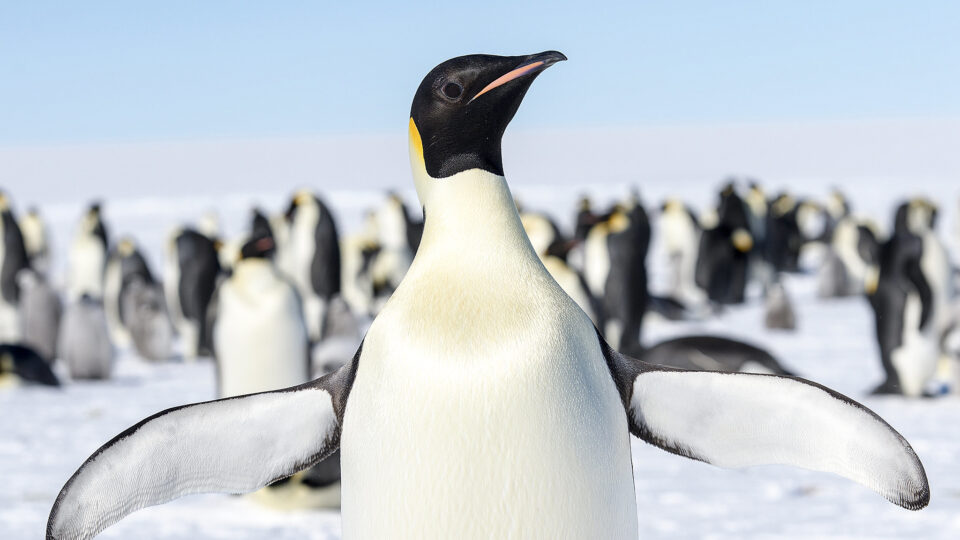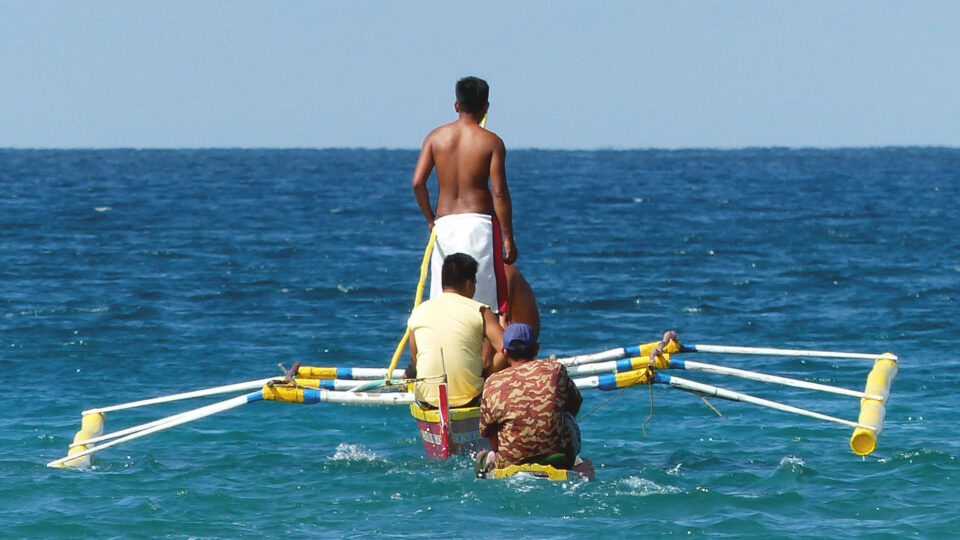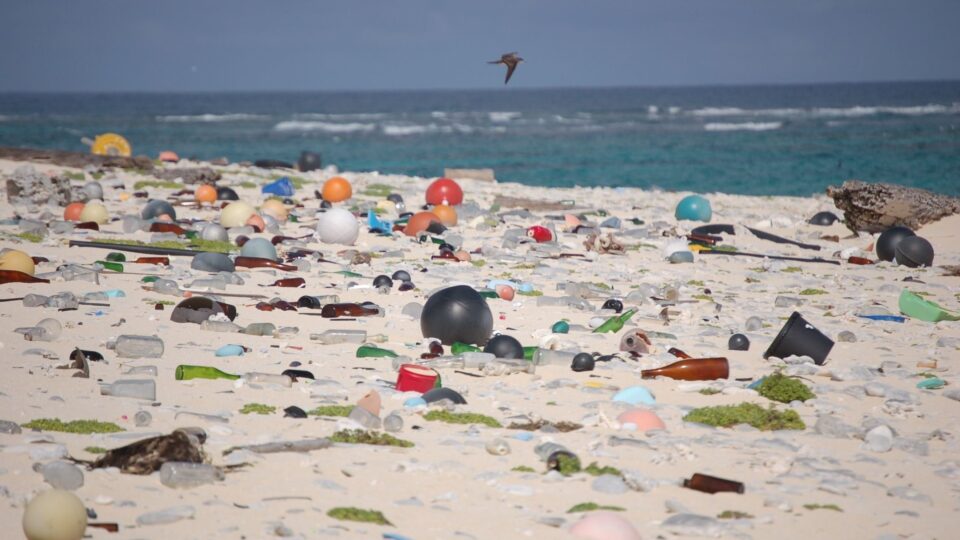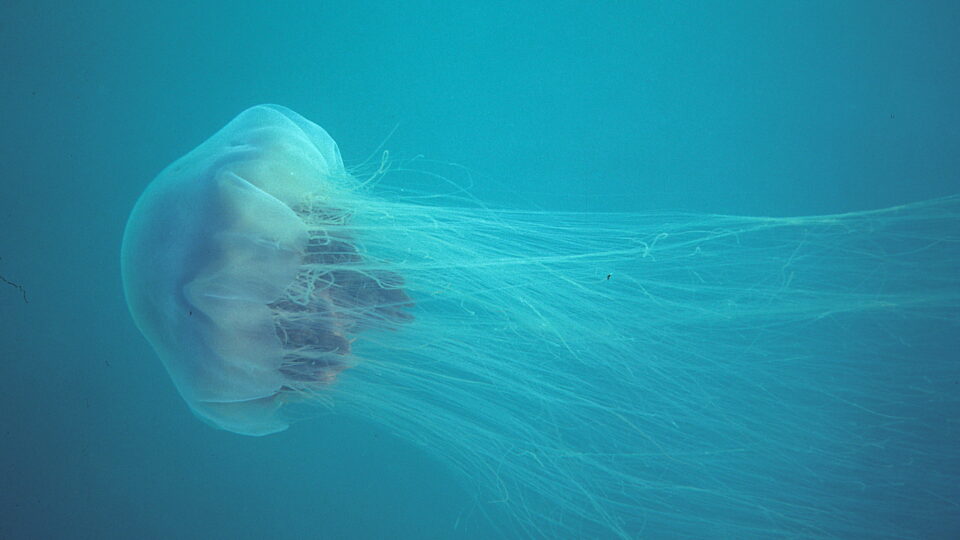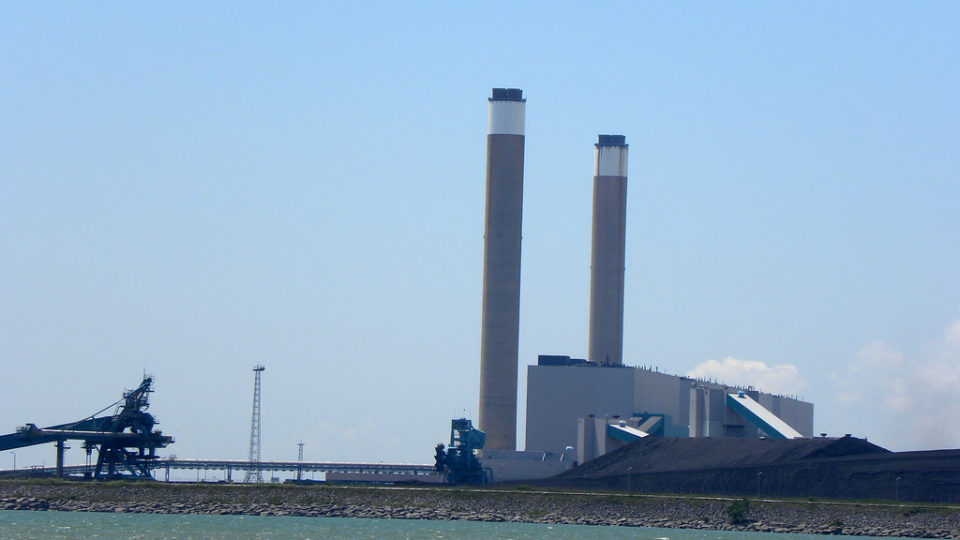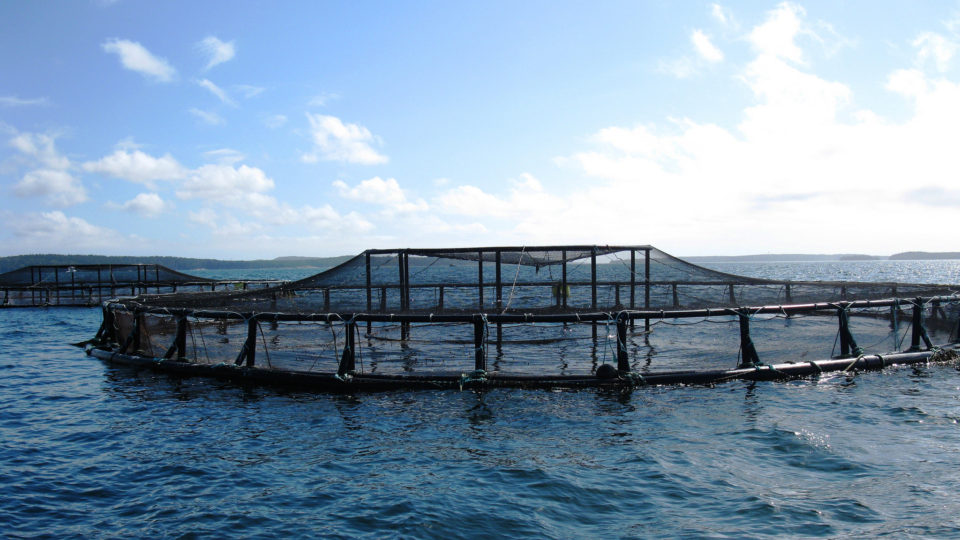Emperor penguins are the tallest and heaviest of all living penguin species. The loss of sea ice in Antarctica last year has led to unprecedented breeding failure in some emperor penguin colonies.
In a study published by the British Antarctic Survey, researchers found that no chicks survived from four of the five known emperor penguin colonies in the central and eastern Bellinhausen Sea. Satellite images showed the loss of sea ice at breeding sites, well before chicks would have developed waterproof feathers.
Emperor penguins are dependent on stable sea ice that is firmly attached to the shore from April through the end of the year. Arctic sea ice reached an all-time low in December 2022 with the most extreme loss seen in the central and eastern Bellinghausen Sea where there was a 100% loss of sea ice late the year.
This year, the sea ice extent in Antarctica is still far below all previous records for this time of year. As of August, when oceans normally are freezing up, there were still areas that were ice-free.
Emperor penguin populations have not had to contend with large-scale hunting, habitat loss, overfishing, or other human-caused problems in the modern era, but climate change may be their undoing. They have previously responded to incidents of sea ice loss by moving to more stable sites in the following year. But this strategy will not be successful if the sea ice habitat is affected across entire regions of Antarctica.
Scientists are predicting that 90% of emperor penguin colonies will be quasi-extinct by the end of the century, assuming current global warming trends continue.
**********
Web Links
Loss of sea ice causes catastrophic breeding failure for emperor penguins
Photo, posted October 7, 2017, courtesy of Christopher Michel via Flickr.
Earth Wise is a production of WAMC Northeast Public Radio
